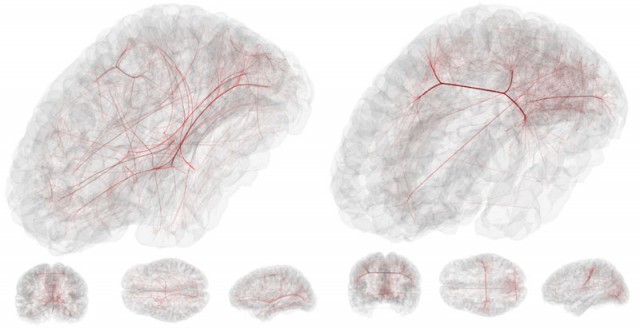Some comatose brains remain active, but can't enable conscious actions
Ars Technica » Scientific Method 2012-11-28
Neural imaging has helped change our perspective on what goes on in the brains of people who have lost consciousness for extended periods. Structural studies have shown that, while some people end up comatose or vegetative because of significant structural damage, others remain unconscious despite having brains that appear largely intact. And, in a recent case, a patient who has been categorized as vegetative for over a decade showed brain activity that suggested he was responding to researchers' queries.
These findings suggest that there may be two ways to end up comatose: either through physical damage to the brain, or because key areas of the brain are no longer able to coordinate their activities. A paper published in yesterday's PNAS provides further support to this latter proposition, but the authors don't seem to go as far as they could in supporting it.
The researchers had permission to track the activity of the brains of 17 people with "severely impaired consciousness" due to a non-neural medical conditions (they generally lost consciousness due to cardiac and/or respiratory failure). 20 healthy individuals volunteered to act as controls.
Read 8 remaining paragraphs | Comments
